Stephen Girard Statue
Introduction
Text-to-speech Audio
Images
Stephen Girard statue in current location
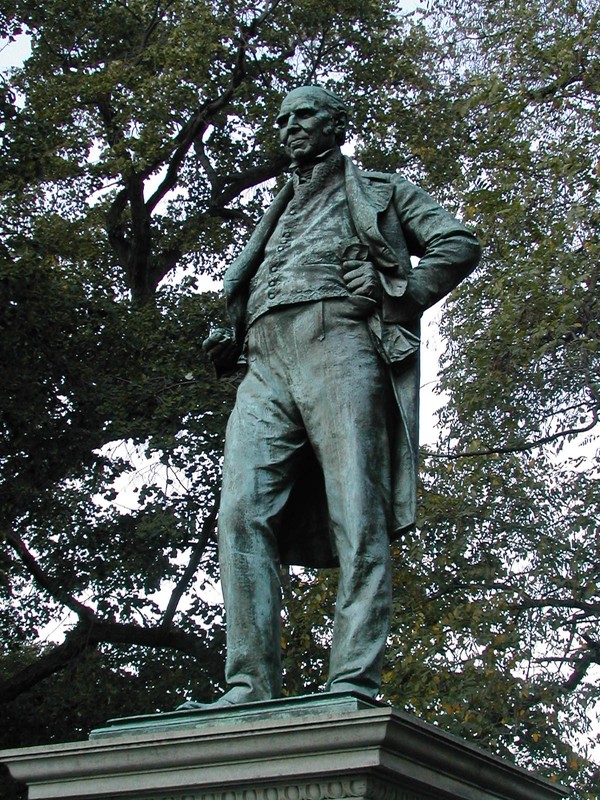
Stephen Girard statue at City Hall, 1897
.jpg)
Mariner & merchant bas relief
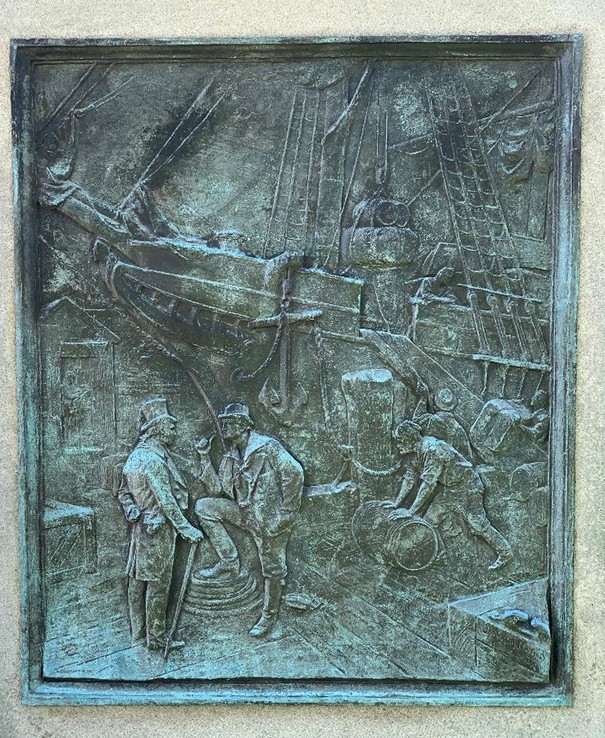
Philanthropy bas relief
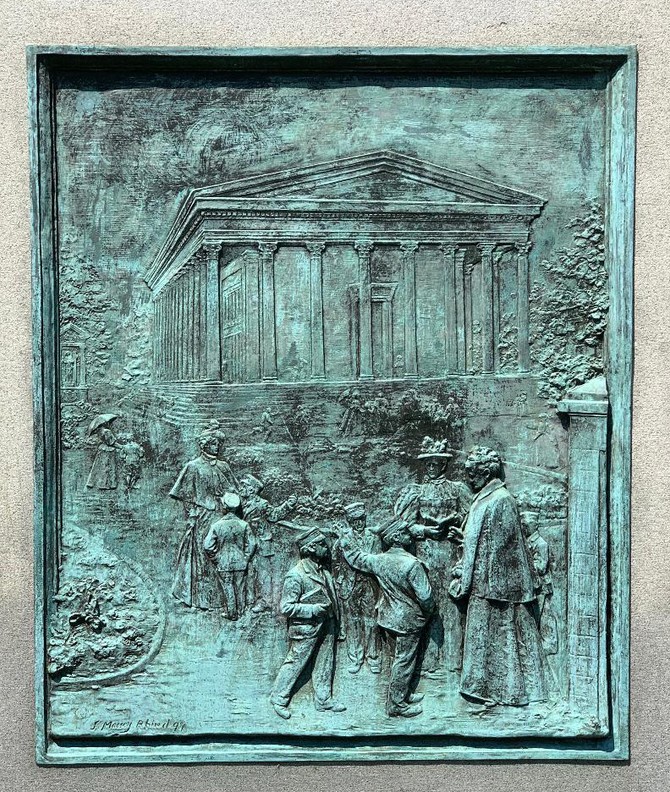
Statue Base
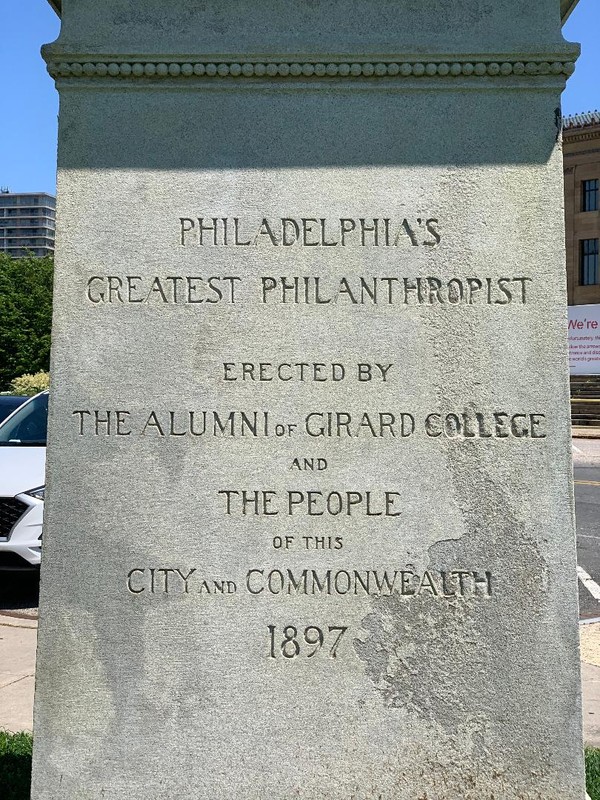
Gorham mark
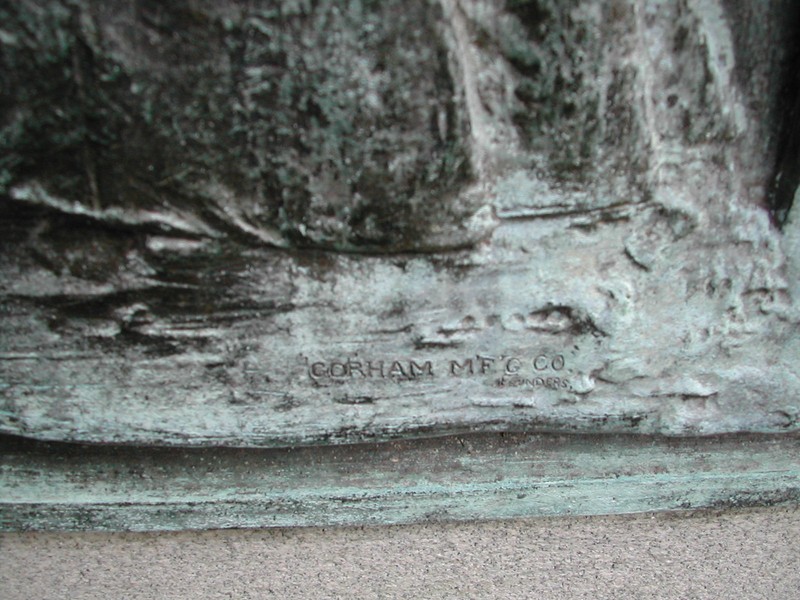
Backstory and Context
Text-to-speech Audio
This bronze statue of businessman and philanthropist Stephen Girard, sculpted by J. Massey Rhind, was originally installed on the plaza outside City Hall in 1897. The work was relocated to the Art Museum in 1977. Born in Bordeaux, France, Stephen Girard (1750-1831) came to Philadelphia in 1776 and made immense fortunes in shipping, banking and real estate that combined to make him the wealthiest American of his time.
Stephen Girard left approximately 80% of his estate to create Girard College, a boarding school for financially-disadvantaged students which still exists today. It was the largest private charitable donation in American history to that point. This statue was dedicated at City Hall on May 20, 1897, Girard’s 177th birthday, in honor of the approaching 50th anniversary of Girard College, which opened in 1848. The money for the statue was raised by subscription, chiefly from Girard alumni, and 1766 alumni and current students marched in a mile-long parade to the dedication.
Like Stephen Girard, the sculptor J. Massey Rhind (1860-1936) was an immigrant. Scottish born, he came to America in 1889 and had a flourishing practice in architectural and monumental sculpture. He was chosen for the Girard project out of twenty-five sculptors who submitted initial sketches. Stephen Girard never sat for a portrait during his lifetime, so later representations are reliant on written accounts, as well as works commissioned shortly after his death, including an 1832 oil portrait by Bass Otis and an 1833 marble sculpture by Nicolas Gevelot.
Massey depicts Girard in a casual pose, holding his glasses in his proper right hand. Girard was blind in his right eye from birth or early childhood. The base of the sculpture features Girard’s life dates on the front and a dedication on the back to “Philadelphia's Greatest Philanthropist/ Erected By Alumni of Girard College And The People Of This City And Commonwealth/ 1897” The remaining two sides of the base feature bas relief plaques: one shows Girard as a mariner and merchant with his ship “The Water Witch”; the other is a tribute to his philanthropy, showing a scene in front of the main building of Girard College. Inside the figure are two sealed copper tubes, containing a copy of Girard’s will, documents and photos relating to Girard College and the statue, and newspapers of the day.
Sources
Brenner, Roslyn. Philadelphia's Outdoor Art: A Walking Tour. Philadelphia, 1987.
Statue of Stephen Girard, records of its erection and unveiling, City Hall plaza, Philadelphia, May 20, 1897. Philadelphia, PA. J. Lippincott Co., 1897
Stephen Girard - Philadelphia, PA, Waymarking. Accessed May 13th 2020. https://www.waymarking.com/waymarks/WMDTYF_Stephen_Girard_Philadelphia_PA.
Statue of Stephen Girard, records of its erection and unveiling, City Hall plaza, Philadelphia, May 20, 1897. Philadelphia, PA. J. Lippincott Co., 1897.
